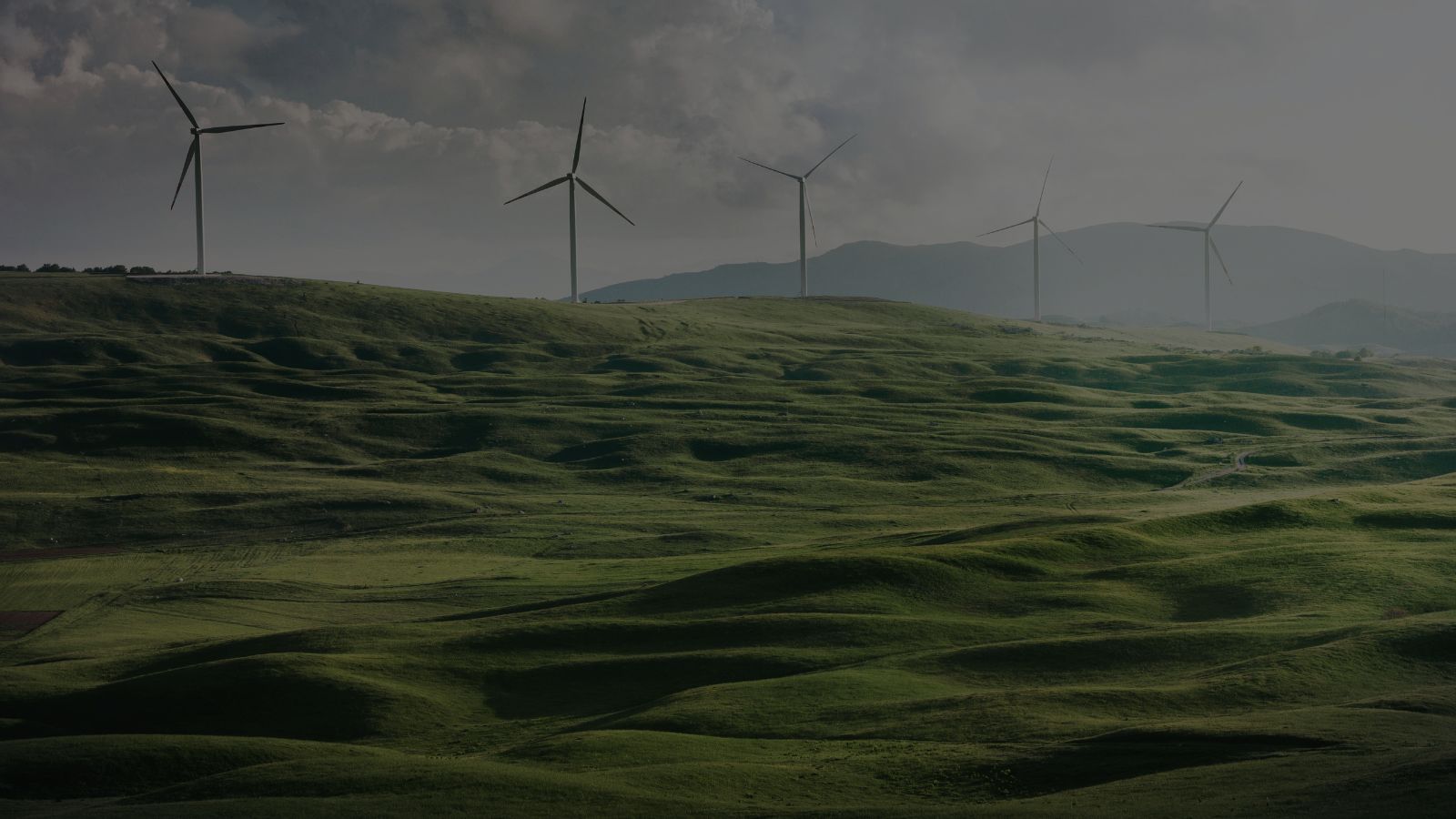The goal for net zero is no longer to cram as many people into the tent as we possibly can. Over the past years, the number of non-state actors (companies, small regions, councils etc) that have voluntarily signed up to net zero targets has sky-rocketed. But there is little to report in terms of real, short-term emissions reductions from those players, at least nothing that can be discerned from the volatile noise of external forces such as war and pandemic.
This was revealed in a new report released by Oxford’s Net Zero Tracker Initiative. “The share of large publicly-listed companies with net zero targets has more than doubled in a little over two years, from 417 to 929”.
Since the launch of the UNs report on net zero commitments by non-state actors, and various assessments which highlighted the lack of detail in existing commitments, there has been a shift away from new guidelines, or new campaigns to bring in more net zero commitments. This is a good thing.
Instead, the focus has been on jurisdictions developing regulation to level the playing field for non state actors through shared requirements, and enforcement of standards. This is helping build confidence in the idea of Net Zero and helps efforts to set out the contribution of these commitments to national pledges.
This is a positive change for net zero commitments, as it illustrates the broader context of aligning several disparate standards into fewer, clearer standards. The strategic purpose of this focus, of alignment with stronger criteria such as HLEG, is to ensure that this is correctly recognised as a step in a direction likely to lead to better climate outcomes and deeper emissions cuts.





